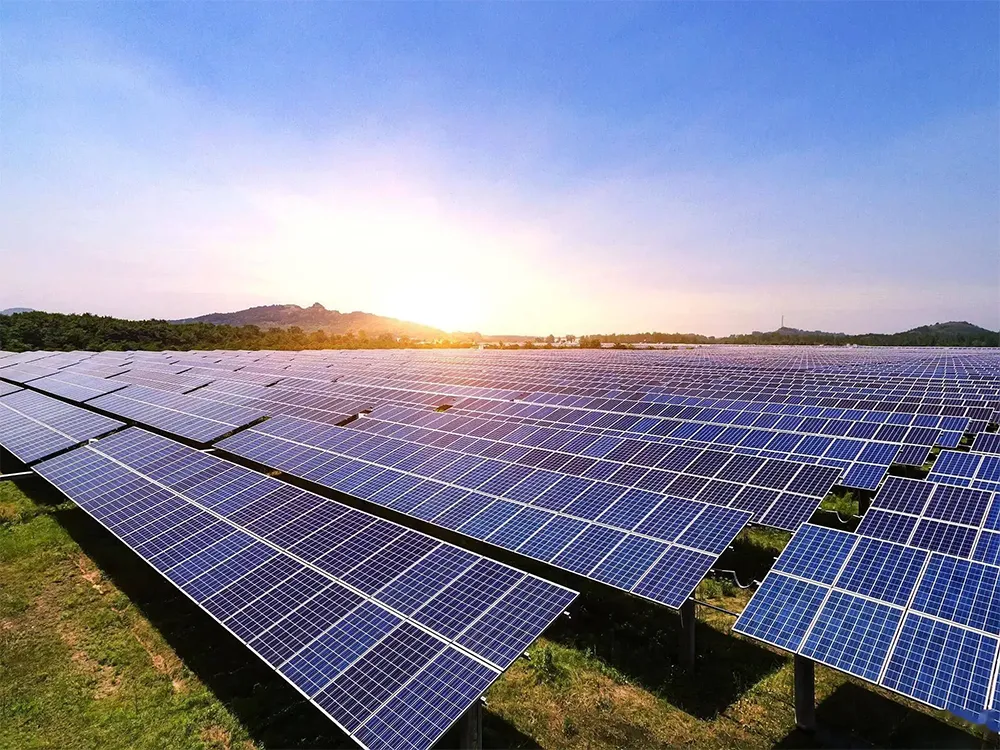Understanding the Cost of a 10kW Three-Phase Hybrid Inverter
In the rapidly evolving world of renewable energy, the 10kW three-phase hybrid inverter has become a cornerstone for residential and small commercial solar installations. As more consumers seek to maximize energy independence and efficiency, understanding the factors that influence the price of a 10kW three-phase hybrid inverter is essential. This article delves into the key aspects that determine costs, current market trends, and tips for making an informed purchase.
What Is a 10kW Three-Phase Hybrid Inverter?
A 10kW three-phase hybrid inverter is a sophisticated device that combines the functionalities of a solar inverter, battery charger, and grid-tie inverter. It is designed to manage energy from solar panels, batteries, and the grid, making it ideal for properties with three-phase electrical systems. This type of inverter is particularly popular for its ability to provide backup power, optimize self-consumption of solar energy, and even feed excess electricity back to the grid.
Key Factors Influencing the Price of a 10kW Three-Phase Hybrid Inverter
Several elements contribute to the cost of a 10kW three-phase hybrid inverter. Here are the primary factors:
1. Brand and Quality: Established brands with a reputation for reliability and durability often command higher prices. Inverters from companies like SMA, Fronius, or GoodWe may cost more but typically come with better warranties and customer support.
2. Efficiency and Performance: Higher efficiency ratings, such as those above 97%, can increase the price. Advanced features like maximum power point tracking (MPPT) and smart monitoring capabilities also add to the cost.
3. Battery Compatibility: The ability to integrate with various battery types (e.g., lithium-ion, lead-acid) can affect pricing. Inverters that support multiple battery technologies or offer seamless integration with popular brands like Tesla Powerwall or LG Chem may be priced higher.
4. Additional Features: Options such as Wi-Fi connectivity, remote monitoring, grid support functions, and scalability for future expansion can influence the overall cost.
5. Installation and Accessories: The price often excludes installation, which can add significantly to the total expense. Accessories like communication modules, cables, and mounting hardware may also contribute to the final cost.
6. Market Demand and Supply: Global supply chain issues, tariffs, and regional demand can cause price fluctuations. For instance, shortages in components like semiconductors might drive prices up.
Tips for Getting the Best Value
– Compare Brands and Models: Research different brands to find a balance between cost and features. Look for inverters with good warranties and positive user reviews.
– Consider Total Cost of Ownership: Factor in long-term savings from energy efficiency and durability rather than just the upfront price.
– Seek Professional Advice: Consult with a certified installer to ensure the inverter meets your specific energy needs and local grid regulations.
– Look for Incentives: Check for government rebates, tax credits, or solar incentives that could reduce the effective cost.
Conclusion
Investing in a 10kW three-phase hybrid inverter is a significant step toward energy independence and sustainability. While prices can vary based on brand, features, and market conditions, understanding these factors will help you make a smart, cost-effective choice. By prioritizing quality, efficiency, and compatibility with your energy system, you can maximize the return on your investment and enjoy reliable, clean power for years to come.
Table of Contents
